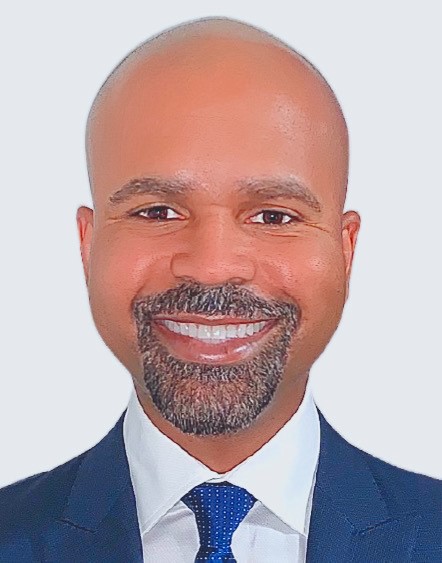
Today we’re profiling one of our most interesting critical care physicians – Dr. Peter Spence. A Florida resident, Dr. Spence has practiced medicine for 13 years. “I was initially attracted to medicine for the intellectual challenge and service to others,” he said. “The human body doesn’t always follow all the rules. It’s a worthwhile endeavor. If someone has an emergency and I can change the outcome, that’s rewarding.”
Dr. Spence came to Tribal EM a year ago, in search of a community where he could “have more of an impact.”
“I wanted to do something different from what I was doing,” he said. “It’s a different dynamic, serving a disadvantaged population.”
Driving Tribal Transformation as a Critical Care Physician
Dr. Spence has served at several Great Plains IHSS facilities, which he called “a strengthening experience,” and led Critical Care Response Team (CCRT) deployments in New Mexico and Minnesota. “Teaching deepens your knowledge,” he said. “And helping staff to be better healthcare workers means we have a positive impact on not only the facilities but the overall patient care experience.”
He found the CCRT training impacted tribal communities as well. When facility staff lack the skills to treat a particular patient, that patient will likely be transferred to a distant hospital. The consequence is a lack of community faith in their local hospital.
“We did bedside training in the facility,” Dr. Spence recalled. “We managed patient flows and infectious patients who might be COVID-infected, decreased containment, and raised the facility’s performance. Teaching advanced care protocols ideally drives transformation long after our team departs.”
But the pandemic deployments had their difficult moments. “One of the most challenging aspects was watching patients who couldn’t have their families there,” he admitted.
“The Greatest Way to Learn and Grow”
For critical care physicians and any healthcare professionals interested in serving Indigenous communities, Dr. Spence recommends working with Tribal EM. “It’s a great company in terms of having interesting opportunities and fixing healthcare inequities,” he said. “The focus is great. John and the team are also good at gauging physician requirements and they care about meeting those needs.”
Looking back on his CCRT experience, Dr. Spence also recommends the benefits of becoming a clinical instructor. “We developed a rapid uptick in skills that can save patients in critical moments,” he said. “This was a new frontier, a new way of thinking. Working with different communities and building relationships– that’s the greatest way to learn and grow.”
Dr. Spence shared a few tips for healthcare professionals working in Tribal facilities:
- Get to know the community you serve. Dr. Spence stressed the importance of culturally informed care. “These patients won’t know you,” he said. “To build trust, understanding the community is vital.”
- Be flexible and open to new clinical experiences. Dr. Spence pointed out that the differences between a tier one medical center and an IHS facility can be stark. “Some things can be very different and if you expect them to be the same, you could have a negative experience. Be prepared to encounter differences.”
- Provide the kind of healthcare you would want. As you treat your Indigenous patients, try to find common ground in imagining yourself in their shoes. What kind of healthcare experience would you want and expect? How can you best provide patient-centric services?
Getting Started in Tribal Healthcare
Working at a Tribal healthcare facility can indeed be an eye-opening experience, helping healthcare professionals expand their clinical skills and take a direct role in solving healthcare disparities. Think it might be the next step in your career? Reach out to our Director of Recruitment Joe Buckley at jbuckley@tribalhealth.com.

